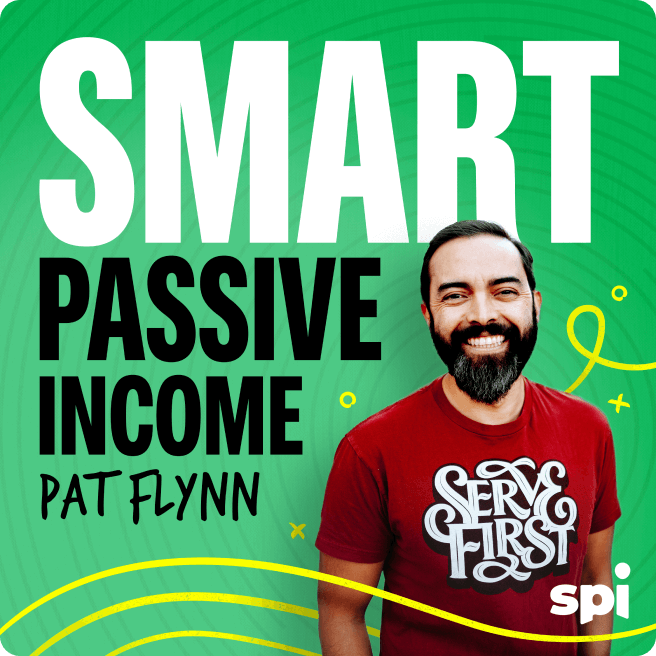I’m going to let you in on a little secret. It’s something I’ve learned over time that I know I have to embrace even more now. It’s something that we should all embrace and do more of.
Have you ever had trouble selling a thing you made, perhaps because you’re just afraid of failing, or you don’t want to feel icky about it, or you don’t want to let people down or sell out? Perhaps you’re afraid of selling just because you don’t even know how to? Beyond those questions, there’s a chicken-and-egg dilemma that many creators face: how do you sell something with confidence if people haven’t actually tried it yet and found great results?
Well, what I’m about to share with you in today’s episode will help you solve these problems. I’m going to tell you how to find the people who can help you test and sell your next product or service, who can help tell the story of the transformation they experienced as a result of what you’ve created for them.
Because selling shouldn’t be scary. And, as I like to say often, you most definitely can sell and serve at the same time.
Resources
Pat’s “top 5 reasons people are afraid of email marketing” email





